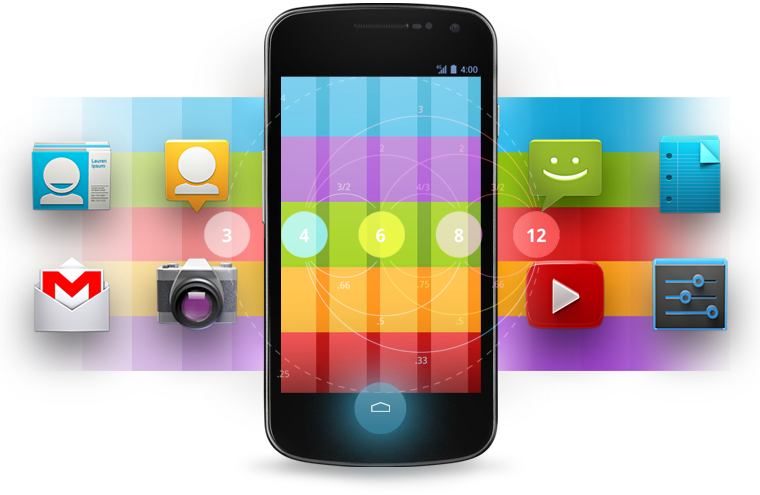For the first time in the history of the digital age desktop sales are stagnant. While Lenovo and HP battle over the top spot they’re doing so in a market that has not seen significant growth in nearly two years. In place of desktops we’re buying more and more tablets and smartphones and this is bad for creativity.
There are a few factors that could be affecting the desktop market; Windows 7 is approaching the end of its life, to be replaced by 8 this October and recession-hit companies and individuals are less likely to fork out for a PC or laptop in favour of a cheaper tablet or smartphone.
Tablets won’t kill the PC
Of course, desktops won’t disappear from the market. Brian Winston, writing before the modern tablet age, described the often overlooked role society has played in the adoption of technologies. He points out that the mass adoption of one technology does not necessarily signal the end of another, television didn’t kill radio, and radio didn’t kill the cinema. Their roles in society might have changed but the use of the technology was adapted. So, we’re not going to see the death of the desktop but it’s decline is something we should be wary of.
Modern tablets are designed more as consumption, not communication, and certainly not creative devices. Save to the extent that we can write and email or update our social networking profiles the capacity to be creative on a tablet is limited to the extent of being non-existent. Much of this has to do with the need to simplify the user interface for tablet devices but the direct consequence is that it is more difficult and time consuming to create content than on a desktop.
A bitter tablet to swallow
Take Google’s Nexus 7; such is the tablet’s focus on consumption over creation that it comes preloaded with no apps for the creation of content. With the exception of Google+ and Gmail, the pre-installed apps on the device are all concerned with the consumption of content.
YouTube’s desktop app comes with a basic but increasingly powerful video editor and Google+ has a nice set of image editing tools (inherited from Picnik)- neither of these are available on their tablet apps.
About one third of the pres-installed apps on the Nexus 7 are related to purchasing content on the Google Play Store – and these are the same apps that are automatically placed on the home page’s dock.
Nexus 7 pre-installed apps
- Gmail
- Google Earth
- Google Play Store
- Google Play Music
- Google Play Books
- Google Play Magazines
- Google Play Movies and TV
- Google Search
- Google Voice Search
- Google+
- Google Maps/Street View
- YouTube
- Chrome
- Google Currents
- Google Wallet
Not even Google Drive (or Google’s Blogger) comes pre-installed on the device.
The Nexus 7, and to a similar extent Amazon’s Kindle devices, have been designed to encourage consumption – e.g. no rear-facing camera, poor front-facing camera yet with high-quality screens.
Creative apps do exist for tablet derives – some such as Adobe’s Photoshop touch are quite powerful (and even with a hefty price are worth it) – and users that are passionate will download them. But tablet devices that place an emphasis on consumption over creation, on purchasing content over producing content will be used as they’re intended by the majority of the public – as consumption devices.
That’s not to say this is the end of the world, it’s not: it’s just a lost opportunity. For users, especially novice computer users, opting for a tablet rather than a desktop removes the opportunity for the development of new technical skills, and that’s something that we should be worried about.













